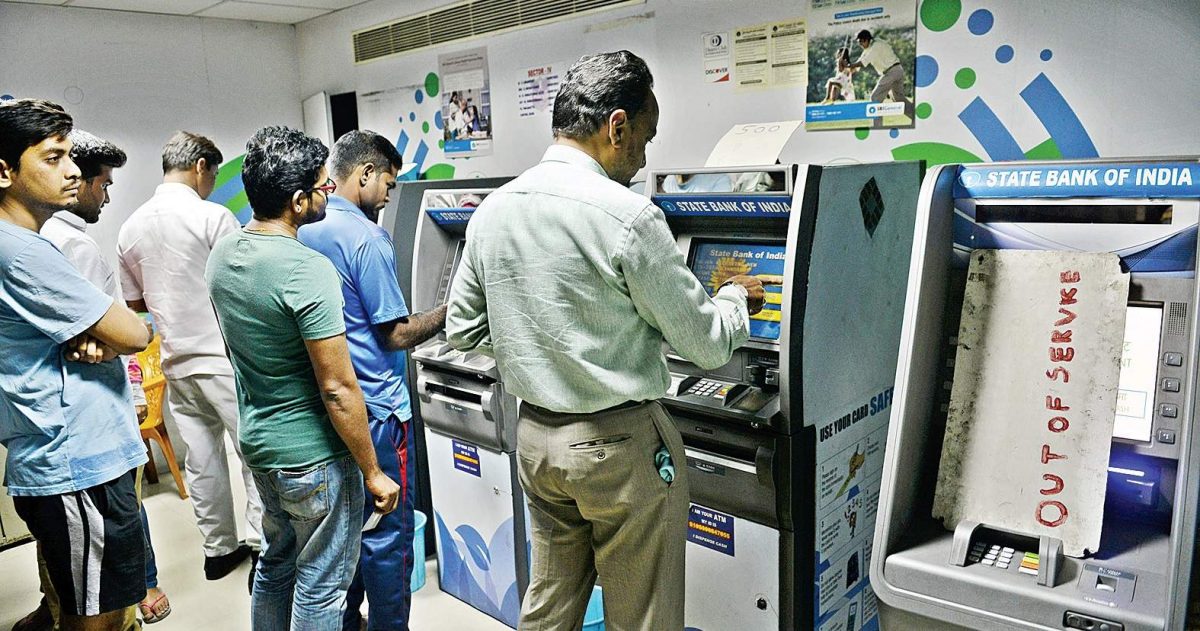
India’s Central Bank Maintains Foreign Investment Limits Amid Economic Challenges
In a crucial policy decision, the Reserve Bank of India (RBI) has announced that it will retain the existing investment limits for Foreign Portfolio Investors (FPIs) in government and corporate bonds for the fiscal year 2025-26. The move comes at a time when India’s economic growth faces uncertainties due to global trade tensions and domestic financial challenges. By maintaining these limits, the RBI aims to ensure economic stability while managing foreign investments in the debt market.
Details of the RBI’s Decision
The RBI has kept the foreign investment caps unchanged at:
6% of outstanding stock for central government securities
2% of outstanding stock for state government securities
15% of outstanding stock for corporate bonds
For the first half of the financial year (April-September 2025), FPIs will be allowed to invest up to ₹2.79 trillion in government bonds and ₹8.22 trillion in corporate bonds. These limits will see slight increases in the second half of the fiscal year.
As per the latest data, FPIs have currently utilized 22.3% of the government bond cap and 15.7% of the corporate bond cap, indicating some room for further foreign investments.
Economic Context and Impact
This decision comes amid multiple economic concerns:
The Indian economy is expected to slow down by 20-40 basis points in the financial year 2025-26 due to the impact of new U.S. tariffs.
The RBI is considering rate cuts to boost economic growth, which could influence investor sentiment.
The Indian rupee has been strengthening, crossing the 85/USD mark, surprising market analysts who expected the central bank to intervene to stabilize the currency.
By maintaining the investment limits, the RBI is signaling a cautious approach, ensuring that foreign inflows do not destabilize India’s financial markets. The decision also aligns with efforts to manage inflation, currency fluctuations, and domestic borrowing needs.
What This Means for Investors
For foreign investors, the unchanged FPI limits mean that existing investment opportunities remain intact without additional access to India’s bond markets. However, if the rupee continues to strengthen, it might affect the returns of foreign investors.
Additionally, with the Indian government expecting lower GDP growth due to trade disruptions, investors may adopt a wait-and-watch strategy before increasing their exposure to Indian debt markets.
Conclusion
The RBI’s decision to maintain foreign investment caps in government and corporate bonds reflects a balanced approach to economic stability amid uncertain global conditions. As India navigates trade challenges and economic slowdowns, the central bank’s policies will play a key role in shaping investor confidence and market stability in the coming months.









